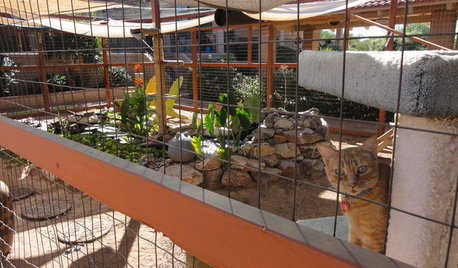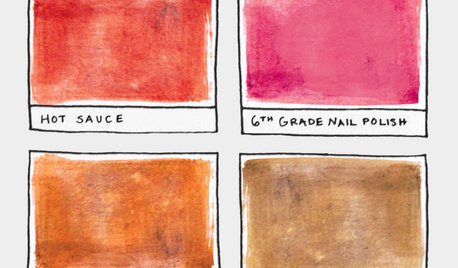over run with Jack in the Pulpits!!!!
madeleine_02
11 years ago
Featured Answer
Sort by:Oldest
Comments (16)
madeleine_02
11 years agoRelated Professionals
Tomball Landscape Architects & Landscape Designers · Boca Raton Landscape Contractors · Costa Mesa Landscape Contractors · Eustis Landscape Contractors · New Cassel Landscape Contractors · Pacifica Landscape Contractors · Roswell Landscape Contractors · The Woodlands Landscape Contractors · Silver Firs Landscape Contractors · Hull Fence Contractors · Washington Fence Contractors · Marion Siding & Exteriors · North Hollywood Siding & Exteriors · Saratoga Springs Siding & Exteriors · Westminster Siding & Exteriorsmadeleine_02
11 years agoIris GW
11 years agoPines Everywhere
11 years agojimbobfeeny
11 years agomadeleine_02
11 years agoarcy_gw
11 years agobuckeye15
11 years agoIris GW
11 years agomadeleine_02
11 years agomerlcat
11 years agomerlcat
11 years agoken_mce
10 years agomadeleine_02
10 years agodocmom_gw
10 years ago
Related Stories

REMODELING GUIDESUnion Jack Balustrades Raise the Flag for Railing Style
Do be cross with your porch and deck railings — this intersecting balustrade design shows admirable attention to detail
Full Story
REMODELING GUIDESConcrete Driveways: Poring Over the Pros and Cons
Concrete adds smooth polish to driveways and a sleek look to home exteriors, but here are the points to ponder before you re-surface
Full Story
KITCHEN STORAGEMove Over, Soup Cans — the Kitchen Appliances Are Here
Design a pantry with room for mixers, coffeemakers and more, for less countertop clutter and handy access
Full Story
HOUSEPLANTSOutsmart Winter — Make Houseplants of Your Garden Growers
No need to watch Jack Frost play Wreck the Rosemary. Bring your garden inside for the winter, using containers and these guidelines
Full Story
PETSA Romp Through Pet-Friendly Materials
Deceptively durable, these stylish flooring materials and fabrics let you give Fluffy the run of the house
Full Story
PETSSee a Deluxe 'Catio' Built for Feline Fun
Sixteen lucky cats get the run of a protected outdoor patio with ramps, steps and even a koi pond
Full Story
FUN HOUZZ16 Creative Paint Color Names We Haven't Seen — Yet
Someday, the namers of new paint colors will finally run out of ideas. We're here to help
Full Story
DECORATING GUIDESFix Those 'Whoopsies': 9 Fast Solutions for Decorating Mistakes
Don't suffer in silence over a paint, furniture or rug snafu — these affordable workarounds can help
Full Story

MOST POPULARIt’s Star Wars Day. May the Fourth Be With You
Fans of the sci-fi series are making special effects of their own all over the house. Have a look and share your own ideas for celebrating
Full StoryMore Discussions







tomasincas